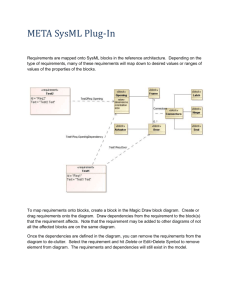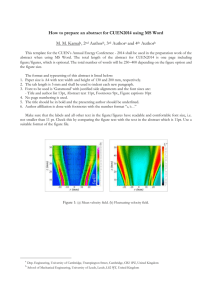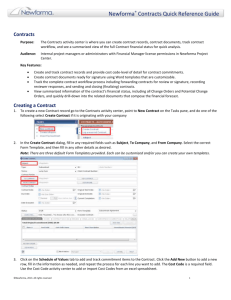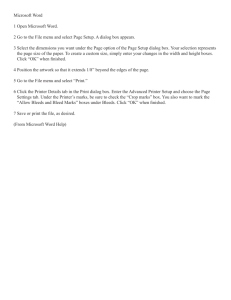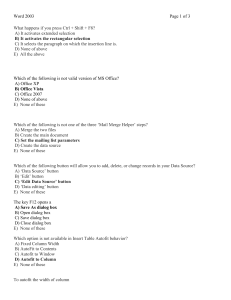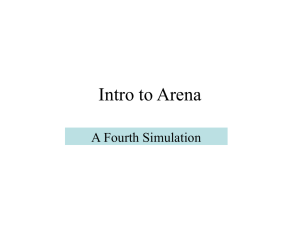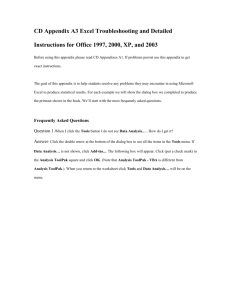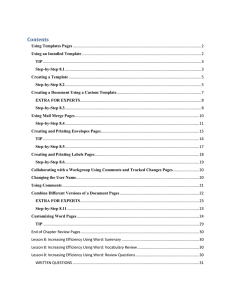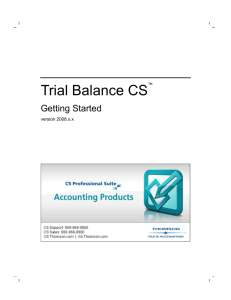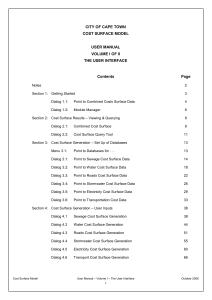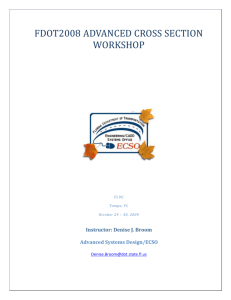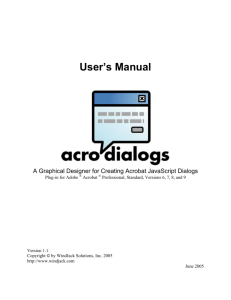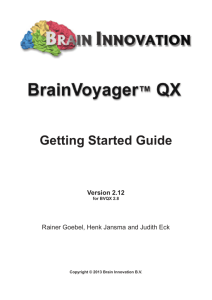File - EDT Online Portfolio
advertisement
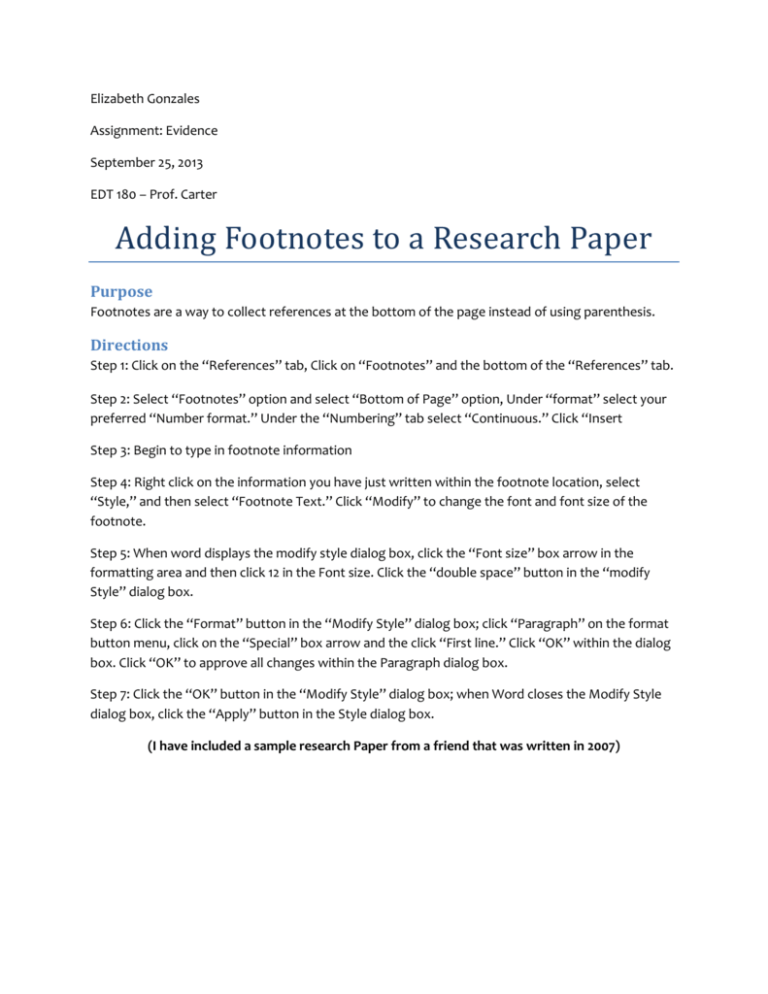
Elizabeth Gonzales Assignment: Evidence September 25, 2013 EDT 180 – Prof. Carter Adding Footnotes to a Research Paper Purpose Footnotes are a way to collect references at the bottom of the page instead of using parenthesis. Directions Step 1: Click on the “References” tab, Click on “Footnotes” and the bottom of the “References” tab. Step 2: Select “Footnotes” option and select “Bottom of Page” option, Under “format” select your preferred “Number format.” Under the “Numbering” tab select “Continuous.” Click “Insert Step 3: Begin to type in footnote information Step 4: Right click on the information you have just written within the footnote location, select “Style,” and then select “Footnote Text.” Click “Modify” to change the font and font size of the footnote. Step 5: When word displays the modify style dialog box, click the “Font size” box arrow in the formatting area and then click 12 in the Font size. Click the “double space” button in the “modify Style” dialog box. Step 6: Click the “Format” button in the “Modify Style” dialog box; click “Paragraph” on the format button menu, click on the “Special” box arrow and the click “First line.” Click “OK” within the dialog box. Click “OK” to approve all changes within the Paragraph dialog box. Step 7: Click the “OK” button in the “Modify Style” dialog box; when Word closes the Modify Style dialog box, click the “Apply” button in the Style dialog box. (I have included a sample research Paper from a friend that was written in 2007) James Jackson Ms. Gonzales Computer Literacy 100 August 6, 2007 The System Unit The system unit is a case that houses the electronic components of the computer used to process data. Although many system unites resemble a box, they are available in many shapes and sizes. The case of the system unit, sometimes called is chassis, is made of metal or plastic and protects the internal electronic components from danger. All computers have a system unit (Alvarez 102). Components of the system unit include the processor, memory modules, adapter cards, drive bays, power supply, ports, and connectors. The processor interprets and carries out the basic instruction that operate a computer. A memory module houses memory chips. An adapter card is a circuit board that provides connection and functions not built into the motherboard. 1 A drive bay holds a disk drive. The power supply allows electricity to travel into a computer. On a personal computer, the electronic components and most storage devices reside inside the system unit. Other devices, such as a keyboard, mouse, microphone, monitor, printer, speakers, scanner, and digital camera, normally occupy space outside the system unit (How to Use a Computer). On a desktop personal computer, the system unit usually is a device separate from the monitor and keyboard. Some system units sit on top of a desk. Other models, called tower models, can stand vertically on the floor. 1 According to Wilson, four adaper cards most commonly found in desktop personal computers today are sound cards, modern cards, video cards, and network cards (18-32). To conserve space, an all-in-one computer houses the system unit in the same physical case as the monitor. On notebook computers, the keyboard and pointing device often occupy the area on the top of the system unit. The display attaches to the system unit by hinges. The system unit on a PDA (personal digital assistant) or handheld computer usually consumes the entire device. On these small mobile devices, the display is part of the system unit, too. Work Cited Alvarez, Juan. Understanding Computer Basics: Stepping Toward Literacy. Chicago: Martin Publishing, 2005. How to Use a Computer. Shelly Cashman Series®. Course Technology. 3 Aug. 2005. www.scsite.com/wd2003/pr2/wc1.htm. Wilson, Tracey M. “Personal Computers and their Applications.” Computing and Information System Weekly May 2005: 18-32.



